Tag: biden
-
President Joe Biden (D) issued no executive orders in May, keeping his total at 138
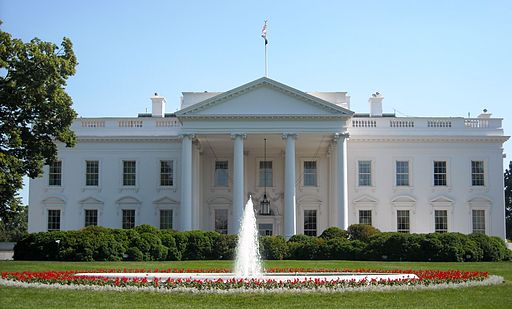
President Joe Biden (D) issued no executive orders in May. This was the fourth month of his presidency where he issued no executive orders. The other three instances took place in November 2022, January 2023, and January 2024. Biden issued 25 executive orders in January 2021, more than any other month of his presidency. Biden…
-
Biden issues third veto of his presidency to maintain suspension of solar panel import tariffs

President Joe Biden (D) vetoed the third bill of his presidency on May 16, 2023. Biden vetoed H.J.Res.39, a joint resolution of disapproval under the terms of the Congressional Review Act (CRA) that sought to void a Department of Commerce rule suspending some tariffs on solar panel imports. In his veto message, Biden said, “I…
-
President Joe Biden issues first endorsement in the 2023 cycle

President Joe Biden (D) endorsed Heather Boyd (D) in a special state legislative election in Pennsylvania on May 15, his first endorsement in the 2023 election cycle. Boyd is running against Katie Ford (R) and Alfe Goodwin (L) to fill a vacancy left in House District 163 following state Rep. Michael Zabel’s (D) resignation on…
-
Biden issues four executive orders in April
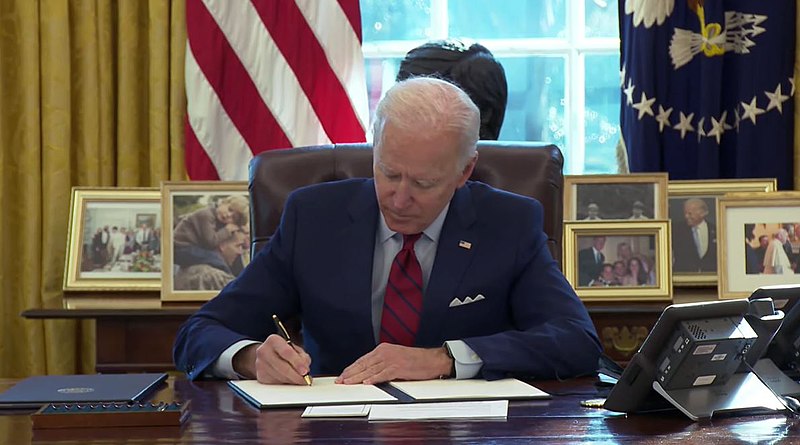
President Joe Biden (D) issued four executive orders in April, bringing his total number to 113. The four orders he issued in April were: Executive Order on Authority to Order the Ready Reserve of the Armed Forces to Active Duty to Address International Drug Trafficking (April 27, 2023) Executive Order on Revitalizing Our Nation’s Commitment to…
-
President Joe Biden at 43% approval at end of April, same as last month
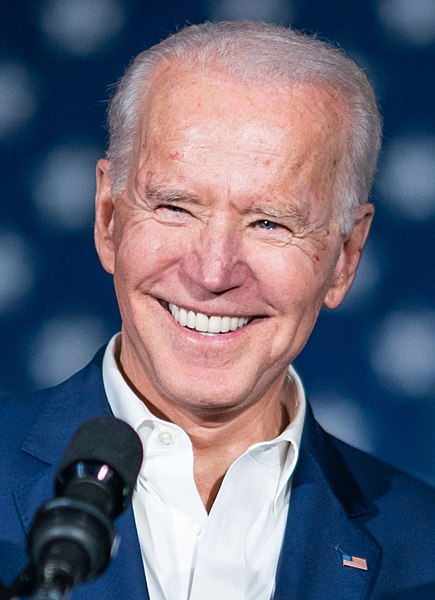
Polling averages at the end of April 2023 showed President Joe Biden (D) with a 43% approval rating. Fifty-three percent of voters disapproved of his performance. Biden’s approval rating held at 43% over the course of the month. The lowest approval rating Biden has received is 38%, last seen on July 27, 2022. The highest…
-
Biden executive order incorporates environmental justice into federal agency missions
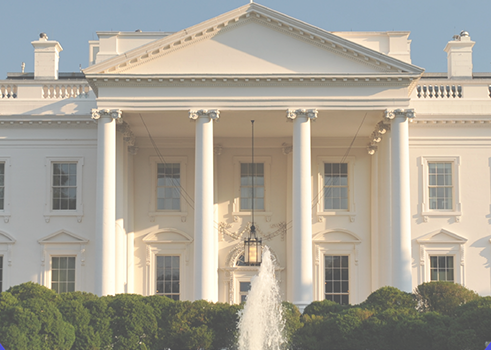
President Joe Biden (D) issued an executive order on April 21 creating a White House Office of Environmental Justice and directing all federal agencies to prioritize what it described as environmental justice in their policymaking whenever and however possible. According to Fox News: “President Biden will sign an executive order Friday in the Rose Garden…
-
President Joe Biden (D) announces re-election bid
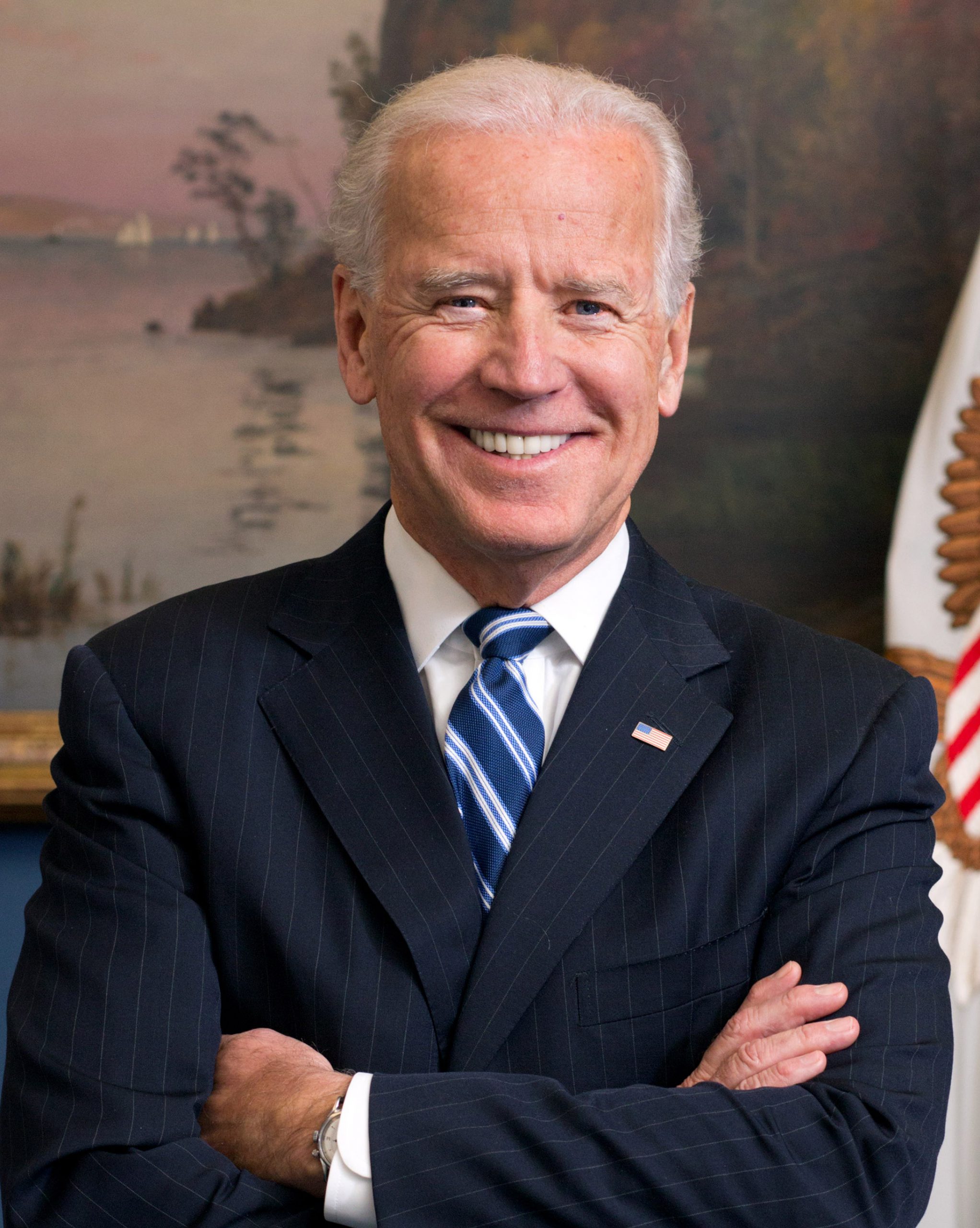
On April 25, 2023, exactly four years after he announced his 2020 presidential campaign, President Joe Biden (D) announced his campaign for re-election in 2024. Biden’s entry brings the tally of noteworthy presidential candidates to three Democrats, five Republicans, and one Republican with an exploratory committee. Below is a summary of each candidate’s campaign activity…
-
Federal Register weekly update: More than 200 significant documents issued so far in 2023
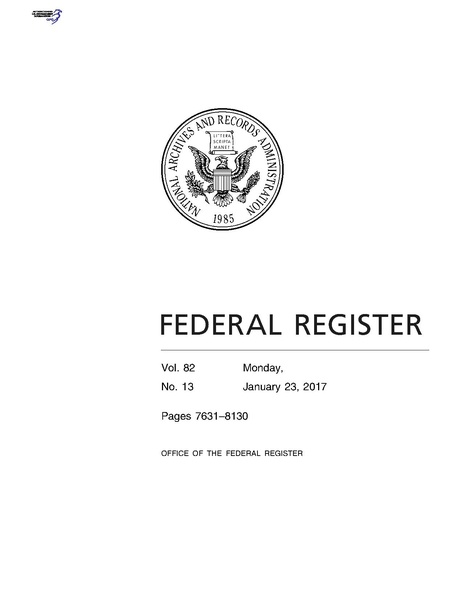
The Federal Register is a daily journal of federal government activity that includes presidential documents, proposed and final rules, and public notices. It is a common measure of an administration’s regulatory activity, accounting for both regulatory and deregulatory actions. From April 17, 2023, through April 21, 2023, the Federal Register grew by 1,354 pages for…
-
Monthly tracker: Article III federal judicial nominations by president by days in office since 2001

Through April 13, 2023, there were 890 authorized federal judicial posts and 76 vacancies. Seventy-four of those were for Article III judgeships. This report is limited to Article III courts, where appointees are confirmed to lifetime judgeships. By April 1, 802 days in office, President Joe Biden (D) had nominated 158 judges to Article III…

